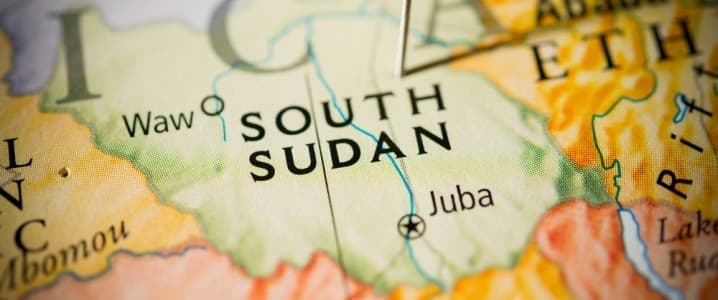
Introduction
South Sudan is struggling to get any money in its budget as its oil exports, on which it depends for 90% of state revenues, are stalled by a ruptured pipeline in neighboring Sudan that is the only outlet for South Sudan to sell its crude.
Oil Export Issues
Earlier this month, Sudan declared force majeure on crude oil exports from its landlocked neighbor South Sudan, following a major rupture in the pipeline carrying crude from South Sudan to a port in Sudan in an area with active military activity.
Revenue Impact
Many of South Sudan’s oilfields cannot send their oil north via the pipeline in Sudan and revenues for South Sudan are plummeting, South Sudanese Finance Minister Awow Daniel Chuang said, as carried by Bloomberg.
Situation in Sudan
“We know that the situation has been exacerbated by the situation in Sudan, the minister told reporters.
Salary Issues
Due to the plummeting revenues, South Sudan hasn’t been able to pay the salaries of state workers for months.
Export Dependency
Sudan is the only conduit for crude oil exports out of landlocked South Sudan.
Conflict Details
The latest conflict in Sudan erupted in April last year, when the Rapid Support Forces (RSF), a paramilitary group, took up arms against the Sudanese army in the capital Khartoum.
Background Information
South Sudan broke from Sudan in 2011 and took with it around 350,000 bpd in oil production. However, the only export oil pipeline out of landlocked South Sudan passes through its neighbor to the north, Sudan.
The two countries export primarily the Nile and Dar blends to markets in Asia from Port Sudan via the Bab el-Mandeb Strait. While most of the oil belongs to South Sudan, the two countries together exported some 132,000 bpd of crude oil in 2021.





















